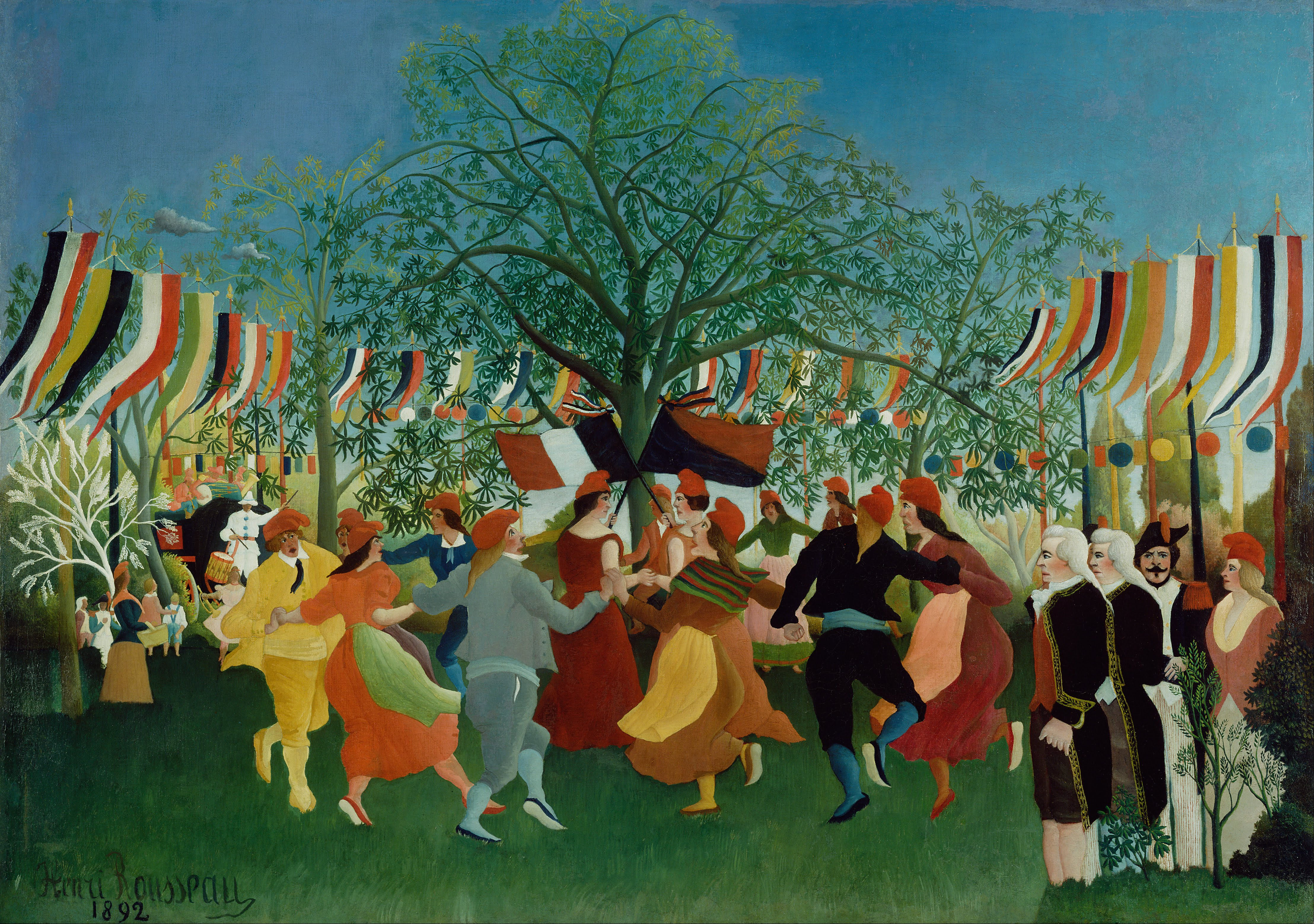History of Art
- Introduction to Art History
- Byzantine Art
- Islamic Art
- Renaissance Art
- Baroque and Rococo Art
- Impressionism and Post-Impressionism
- Modernism
- Postwar & Contemporary Art
- Art of Africa & Oceania
- Art of the Americas
Impressionism and Post-Impressionism
Post-Impressionism: Van Gogh, Seurat, and Beyond

Predominantly French art movement that developed roughly between 1886 and 1905.
Post-Impressionism, a term coined by British art critic Roger Fry in 1906, refers to the development of art from the late 1880s to the early 1900s. This period marked a significant departure from the Impressionist movement, with artists seeking to evoke emotion rather than merely represent the world around them. Two of the most influential artists of this period were Vincent Van Gogh and Georges Seurat.
Vincent Van Gogh
Vincent Van Gogh, a Dutch painter, is one of the most well-known figures in the history of Western art. His work, notable for its beauty, emotion, and color, highly influenced 20th-century art. Van Gogh suffered from mental illness throughout his life, and his struggle is often reflected in his work.
One of his most famous paintings, "Starry Night," is a prime example of his unique style. The painting depicts a night sky filled with swirling luminous stars, overlooking a small town nestled in the hills. Van Gogh's use of vibrant colors and emotional intensity in this piece is a departure from the Impressionist style, marking a transition towards more abstract and expressive forms of art.
Georges Seurat
Georges Seurat, a French painter, is best known for developing a painting technique known as pointillism. Pointillism involves the application of small, distinct dots of color that are applied in patterns to form an image.
Seurat's most famous work, "A Sunday Afternoon on the Island of La Grande Jatte," is a large-scale painting depicting Parisians at leisure on an island in the Seine River. The painting is composed entirely of tiny, precise dots of color. When viewed from a distance, these dots blend together in the viewer's eye to form a vibrant, shimmering scene. This innovative technique marked a significant departure from the loose brushwork of Impressionism.
Other Key Post-Impressionists
Other key figures in the Post-Impressionist movement include Paul Cézanne and Paul Gauguin. Cézanne's work laid the foundations for the transition from 19th-century art to a radically different world of art in the 20th century. Gauguin, on the other hand, is best known for his works depicting life in Tahiti, which are characterized by bold colors, exaggerated body proportions, and stark contrasts.
Conclusion
Post-Impressionism marked a significant shift in the art world. Artists like Van Gogh and Seurat moved away from the objective representation of the Impressionists, instead choosing to explore new ways of expressing their perceptions and emotions. This period laid the groundwork for the development of various art movements in the 20th century, including Expressionism and Cubism.